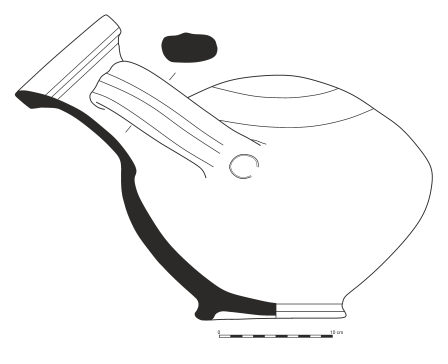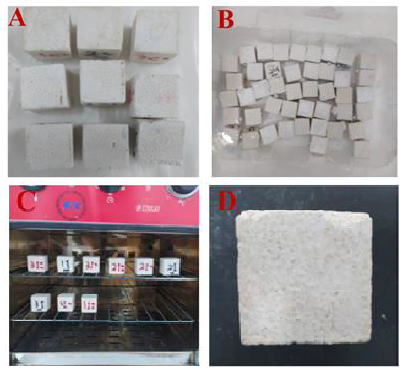by Elden, A., Sallam, A. and El-Gohary, M.
ABSTRACT
Historic buildings are threatened by deterioration because of environmental factors, including chemical, physical, and biological effects. The present paper aims to evaluate the effect of higher plants growing as major bio-deterioration factors on the Ramses II Temple in Karnak-Luxor by studying their chemical and physio-mechanical effects. Different techniques, e.g., an optical microscope (OM), scanning electron microscope equipped with energy dispersive X-ray (SEM-EDX), X-ray diffraction (XRD), and microbiological examination, were used to investigate and analyze some sandstone to define the bio-deterioration effects of higher plants on this valuable site. The results demonstrated that three essential types of higher plants affected the temple, i.e., Alhagi graecorum Boiss, ExSteud, and Imperata cylindrica (L.) P. Beauv. Therefore, it could be affirmed that the deterioration features affecting the temple walls, as demonstrated by chemical and mechanical mechanisms, are breakdowns, erosion of the granules, penetration of salts in the surface, surface granules, and small gaps.
![]()



